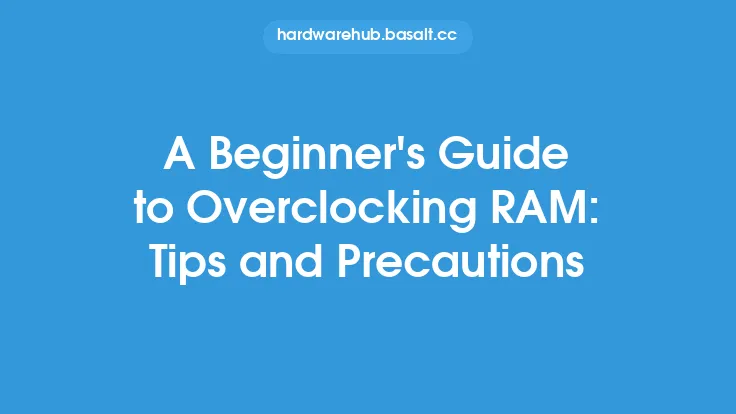When it comes to repairing a damaged motherboard, the task can be daunting, even for experienced technicians. The motherboard is the main circuit board of a computer, connecting all the hardware components together, and any damage to it can render the entire system useless. However, with the right tools, techniques, and precautions, it is possible to repair a damaged motherboard and get your computer up and running again.
Introduction to Motherboard Repair
Motherboard repair involves identifying and fixing damaged components, such as capacitors, resistors, and ICs (Integrated Circuits). It requires a good understanding of electronics, soldering, and desoldering techniques. Before attempting to repair a motherboard, it's essential to diagnose the problem accurately. This can be done by visually inspecting the board for signs of physical damage, such as burn marks, broken components, or corrosion. Additionally, using diagnostic tools, such as a multimeter, can help identify faulty components or short circuits.
Precautions and Safety Measures
When working with electronics, safety is paramount. To avoid damaging the motherboard further or causing injury to yourself, it's crucial to take necessary precautions. Always ground yourself by wearing an anti-static wrist strap or touching a grounded metal object to discharge any static electricity from your body. Use a well-lit and well-ventilated workspace, and avoid working in humid or dusty environments. Moreover, never attempt to repair a motherboard while it's still connected to a power source, as this can cause electrical shock or further damage to the board.
Tools and Equipment Needed
To repair a damaged motherboard, you'll need a range of specialized tools and equipment. These include:
- A soldering iron and solder
- A desoldering pump or wick
- A multimeter
- A magnifying glass or microscope
- Torx or Phillips screwdrivers
- Anti-static wrist strap
- Tweezers and pliers
- A can of compressed air
- A motherboard repair kit (optional)
Identifying and Replacing Damaged Components
Once you've diagnosed the problem, the next step is to identify and replace the damaged components. This can be a challenging task, as motherboards are densely populated with tiny components. Use a magnifying glass or microscope to inspect the board and locate the faulty component. Common components that can fail include capacitors, resistors, and ICs. When replacing components, make sure to use the correct type and value, as specified in the motherboard's documentation or datasheet.
Soldering and Desoldering Techniques
Soldering and desoldering are critical skills when it comes to motherboard repair. Soldering involves joining two metal components together using a solder alloy, while desoldering involves removing solder from a component or joint. To solder effectively, use a soldering iron with a temperature control, and apply a small amount of solder to the joint. For desoldering, use a desoldering pump or wick to remove excess solder, and then use a soldering iron to remove the remaining solder.
Advanced Repair Techniques
In some cases, more advanced repair techniques may be required, such as reballing or rewiring. Reballing involves replacing the solder balls on a BGA (Ball Grid Array) IC, while rewiring involves repairing or replacing damaged wiring on the motherboard. These techniques require specialized tools and expertise, and should only be attempted by experienced technicians.
Preventing Future Damage
To prevent future damage to your motherboard, it's essential to take preventive measures. These include:
- Keeping the motherboard clean and dust-free
- Avoiding overheating by ensuring good airflow and using a high-quality cooling system
- Handling the motherboard with care, avoiding physical stress or flexing
- Using a high-quality power supply unit (PSU) to prevent voltage spikes or surges
- Updating the motherboard's BIOS regularly to ensure compatibility with new hardware and software
Conclusion
Repairing a damaged motherboard can be a complex and challenging task, requiring specialized tools, techniques, and expertise. However, with the right approach and precautions, it is possible to fix a faulty motherboard and get your computer up and running again. By following the tips and guidelines outlined in this article, you'll be well on your way to becoming a skilled motherboard repair technician. Remember to always handle the motherboard with care, and take necessary precautions to prevent damage to the board or injury to yourself. With patience, persistence, and practice, you'll be able to diagnose and repair even the most complex motherboard problems.





